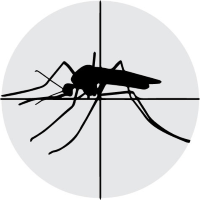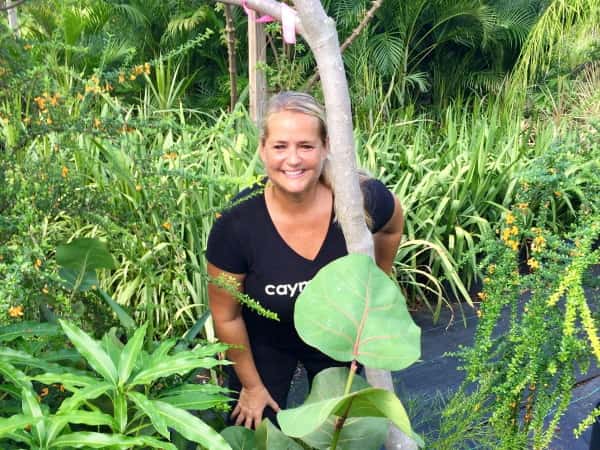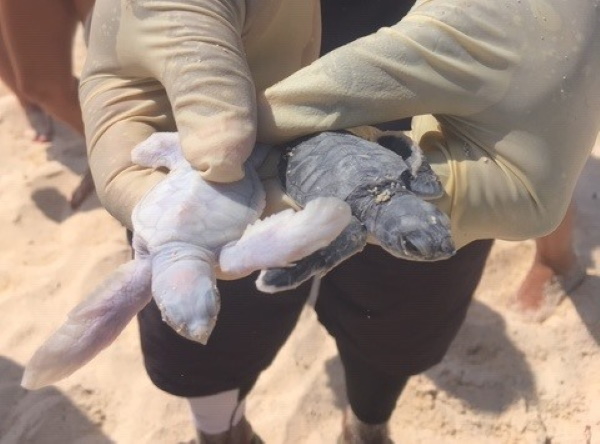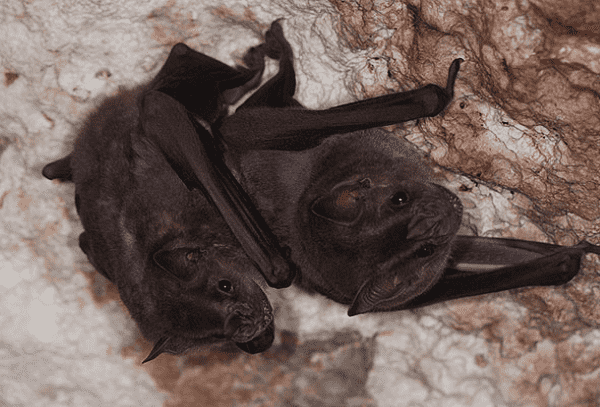(CNS): Unique to the Cayman Islands, the ghost orchid, one of the rarest flowers in the world, is currently in bloom but there are few places left where the public can see the mysterious epiphyte flowering. The Cayman Turtle Farm in West Bay has said that the orchid is blooming on its Nature Trail and the flower can also be spotted at the Botanic Park in North Side. However, finding it in its natural habitat is a little more difficult.
While recent rains have stimulated one of the two rare orchids on the Turtle Farm’s trail to suddenly blossom, the plant will bloom for only a few weeks. The same applies to the ones quietly blooming in the few places where the scarce but now, thanks to the conservation law, legally protected flower still grows in Grand Cayman.
The Ironwood Forest behind the UCCI is home to a number of the ghost orchids and there are isolated pockets in North Side and East End where the flower can still be found in its native habitat. But unless that habitat can be preserved, the orchid could disappear before botanists ever discover some of the most basic questions surrounding the plant.
No one knows for sure exactly what pollinates this particular orchid though it is believed it may be the large nocturnal sphinx moth that uses its long proboscis to reach into the deep flower to feed on its nectar.The ghost orchid (Dendrophylax fawcetti) is difficult to cultivate outside of its natural environment as it is unique in the way it grows. Its epiphyte looks more like a creeping vine or a root system embedded in the bark of trees rather than an actual plant, which gives it the appearance of being suspended in mid-air and explains the plant’s name.
Geddes Hislop, the Curator of Terrestrial Exhibits & Education Programmes at the Cayman Turtle Farm: Island Wildlife Encounter said, “This unique form makes the ghost orchid difficult to locate in the wild among the leaves, branches and vines of their arboreal woodland habitat. It is a unique and exciting natural phenomenon to observe on the Blue Hole Nature Trail.”
Given the beauty and rarity of the flower, it is now a protected species and its natural habitat maybe also be a candidate for one of the first conservation areas singled out under the National Conservation Law. With the implementation of this part of the law last month, the public will be given the opportunity to have input on proposed critical habitat protection. Although it is now against the law for people to pick or destroy the flower wherever it grows, preserving its natural habitat is the only way to ensure its future survival.






